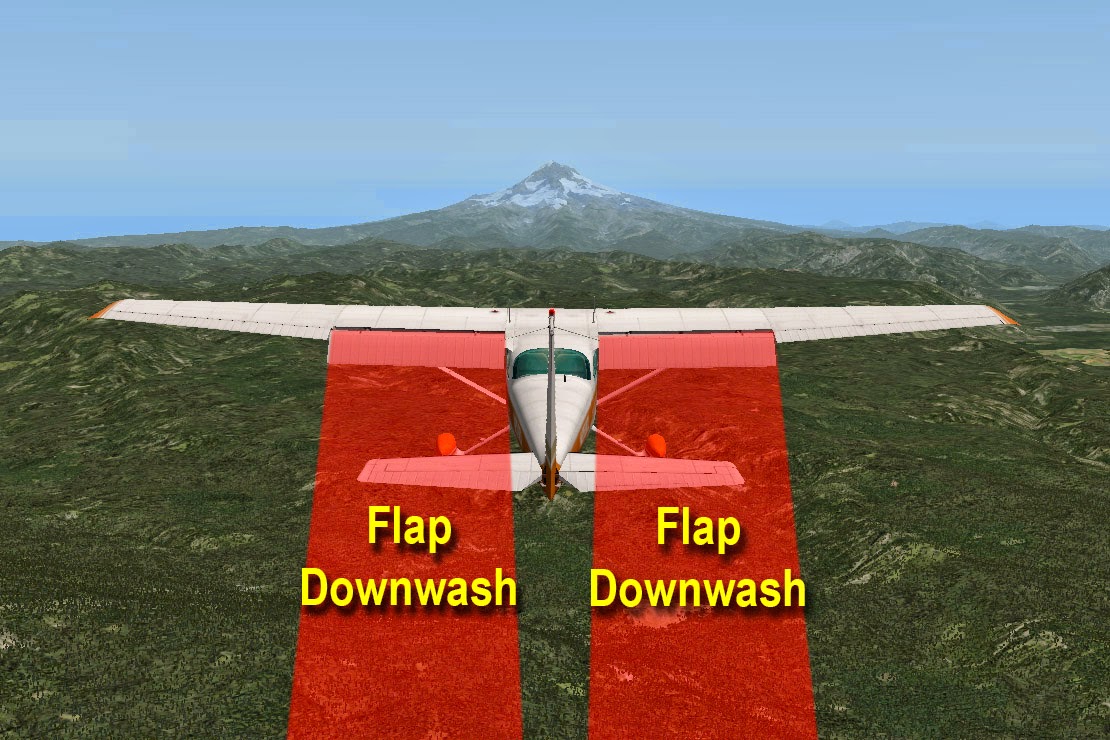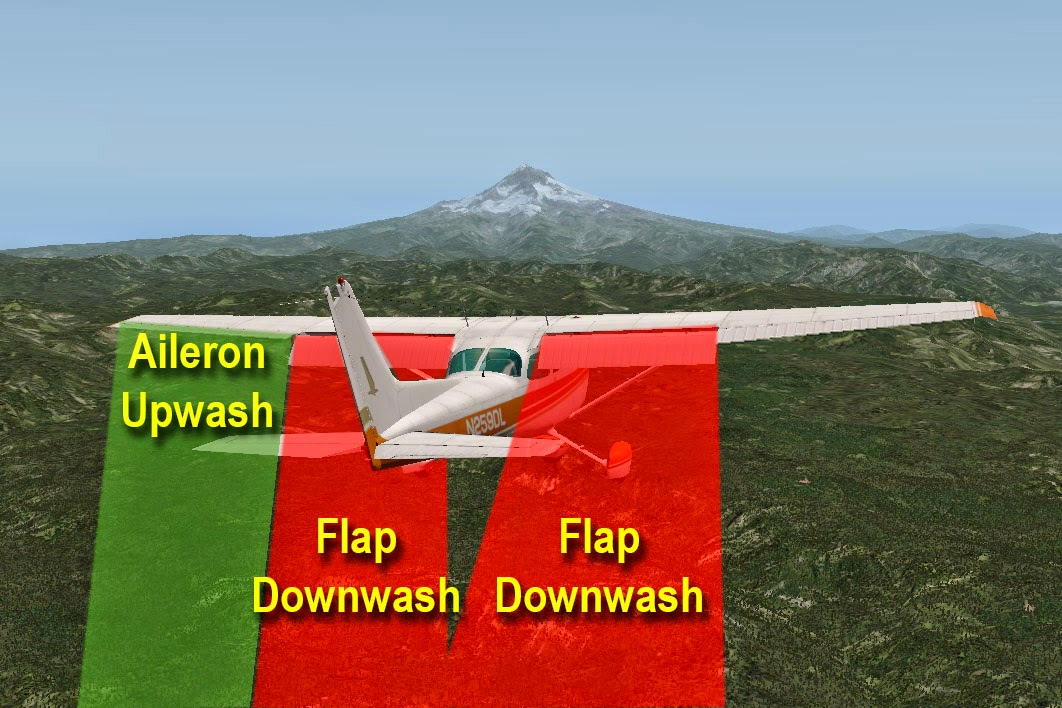Anymouse
En-Route
- Joined
- Jul 30, 2007
- Messages
- 3,167
- Location
- Clinton, AR (Sometimes)
- Display Name
Display name:
Total Stud Bush Pilot
Asking for a friend.
Which kind? They make them for both men and women.Depends...,
Depends...,

Which kind? They make them for both men and women.
Asking for a friend.
Now that’s the correct answer!Yes you can, but your friend can’t.
If you're not slipping with full flaps you're a rookie.
If you're not slipping with full flaps you're a rookie.


Seems like no airflow over the tail would make bad things happen in any flight regime as you would have no pitch control. Maybe “blank out” doesn’t mean what I think it means?Or flying a long body Mooney, where full flaps can blank out airflow over the tail. That makes bad things happen if you try to slip . . . .
Seems like no airflow over the tail would make bad things happen in any flight regime as you would have no pitch control. Maybe “blank out” doesn’t mean what I think it means?
OK, taking the question seriously for a moment <chuckle>. It’s not a myth, but it’s not a big deal, either.
Here’s what Bill Thompson, former Manager of Flight Test & Aerodynamics at Cessna, had to say about the issue of slipping with full flaps in the 172 (Cessna — Wings for The World, by William D. Thompson, Maverick Press, 1991, p. 41):
With the advent of the large slotted flaps in the C-170, C-180, and C-172 we encountered a nose down pitch in forward slips with the wing flaps deflected. In some cases it was severe enough to lift the pilot against his seat belt if he was slow in checking the motion. For this reason a caution note was placed in most of the owner’s manuals under “Landings” reading “Slips should be avoided with flap settings greater than 30 deg. due to a downward pitch encountered under certain combinations of airspeed, side-slip angle, and center of gravity loadings”. Since wing-low drift correction in crosswind landings is normally performed with a minimum flap setting (for better rudder control) this limitation did not apply to that maneuver. The cause of the pitching motion is the transition of a strong wing downwash over the tail in straight flight to a lessened downwash angle over part of the horizontal tail caused by the influence of a relative “upwash increment” from the upturned aileron in slipping flight. Although not stated in the owner’s manuals, we privately encouraged flight instructors to explore these effects at high altitude, and to pass on the information to their students. This phenomenon was elusive and sometimes hard to duplicate, but it was thought that a pilot should be aware of its existence and know how to counteract it if it occurs close to the ground.
The larger dorsal fin introduced on the 1972 C-172L apparently eliminated the issue.
These images illustrate the upwash from the upturned aileron encountering the horizontal stabilizer. In the first image the airplane is in coordinated flight; in the second it is in a slip to the left. In both images the airplane is tracking (in still air) toward the mountain peak in the distance.
There is a separate, unrelated phenomenon that Thompson described in newer models in full-flap slips: “a mild pitch ‘pumping’ motion resulting from flap outboard-end vortex impingement on the horizontal tail at some combinations of side-slip angle, power, and airspeed.” This is entirely benign and common with other high-wing airplanes. My Sport Cub did the same thing.
So although the 172L’s larger dorsal solved the pitch-down issue, they kept the cautionary note in the POH because of the latter phenomenon.
Unfortunately Cessna contributed to the “end of the world” fear of slips with flaps, by not explaining the phenomenon in the manuals; and in fact, many earlier C-172 manuals expressly said that slips with full flap were prohibited. I rummaged through my collection of old Cessna owners manuals:
1958 C-172: “prohibited”
1959 C-175: “prohibited”
1966 C-172F: “prohibited”
1972 C-172L (first year of the big dorsal): “should be avoided”
The manuals for these older models have been revised since then, and the TCDS no longer carries the prohibition against slips with flaps. The POH for the current C-172S indicates that it's no biggie:
Steep slips with flap settings greater than 20° can cause a slight tendency for the elevator to oscillate under certain combinations of airspeed, sideslip angle, and center of gravity loadings.
But a lot of us old-timers read the scary language in the old manuals back then and that's what we remember.
Is it a 180 HP 172N? If so, it was part of the STC and, if I recall correctly, related to the decrease in minimum full flap climb performance (a certification requirement) due to the increase in max gross weight.I get the pitching motion in the flight school's 172N, no biggie. The flaps are limited to 30* in ours, small plate screwed under the flap handle to prevent going past 30*, I assume. Anyone know why that is? I keep meaning to ask the owner but never seem to get around to it.
There is a gross weight increase mod which required the flap limitation. Increases mgw to 2450 if memory serves.I get the pitching motion in the flight school's 172N, no biggie. The flaps are limited to 30* in ours, small plate screwed under the flap handle to prevent going past 30*, I assume. Anyone know why that is? I keep meaning to ask the owner but never seem to get around to it.
Is it a 180 HP 172N? If so, it was part of the STC and, if I recall correctly, related to the decrease in minimum full flap climb performance (a certification requirement) due to the increase in max gross weight.
No, it means just what you think. Slip with full flaps in a long body are bad . . . The more flaps are lowered, the more bad it can be.
Our short bodies, though, slip just fine even with full flaps. But it's not something I do very often, as I prefer to fly with more planning and precision (simply because slips are aerodynamically inefficient).
that is dangerous....dude.I used to have the T-shirt.
